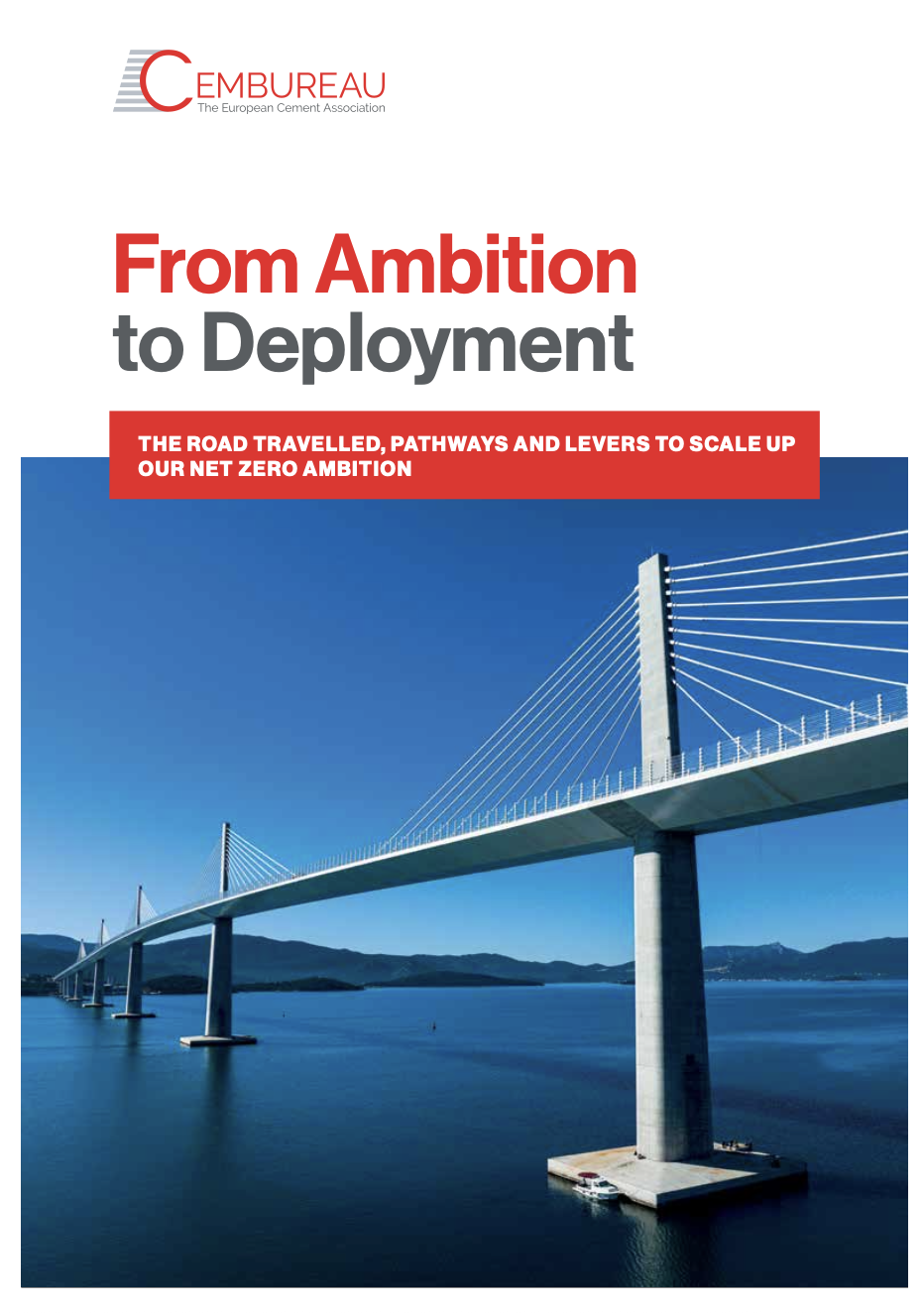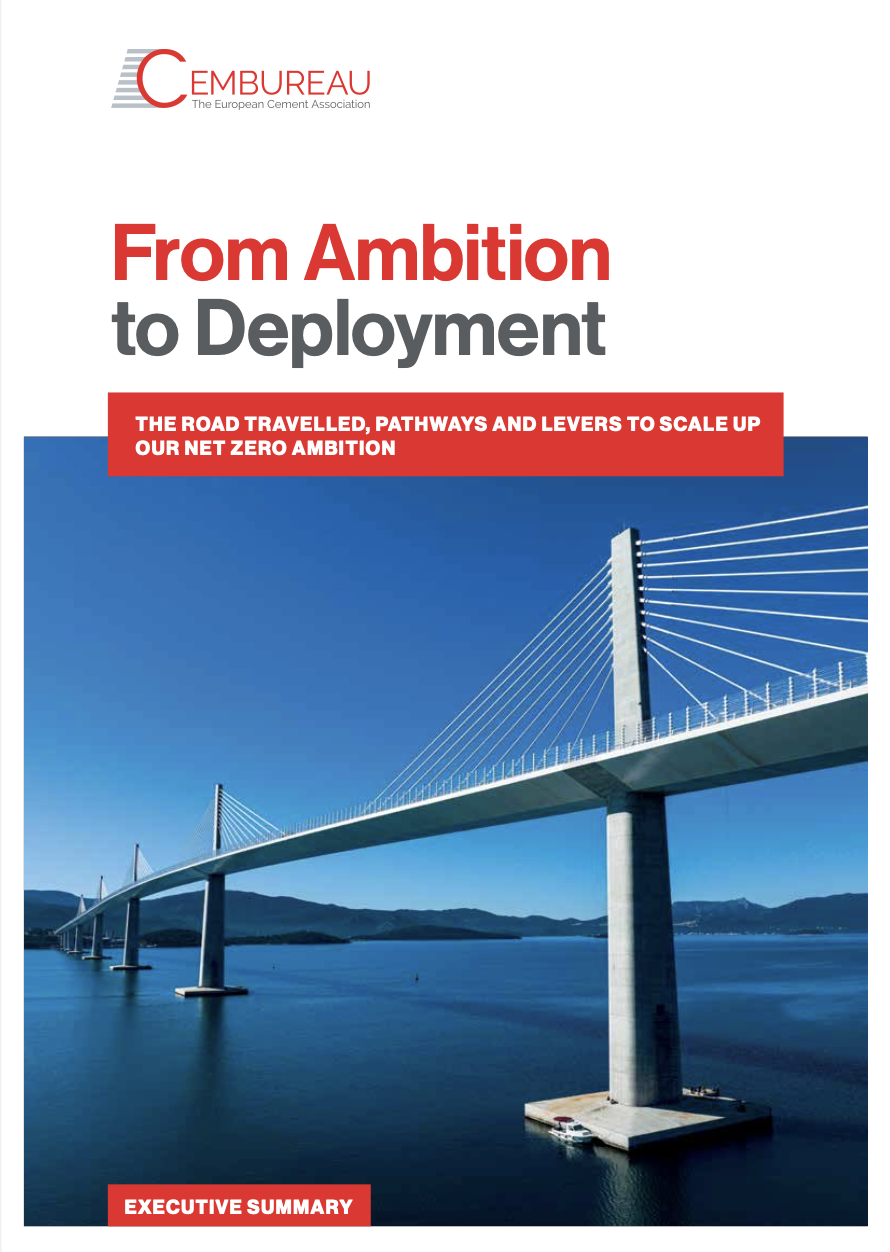 Back
Back

About Us

Resources

Position Papers

Press Releases

Visual Resources

Reports

Podcasts

Blog

Policy Focus

Climate & CO₂ Strategy

Access to Infrastructure, Energy and Raw Materials

Access to Infrastructure, Energy and Raw Materials

Responsible Business

Lead Markets and Sustainable Construction






